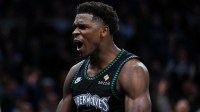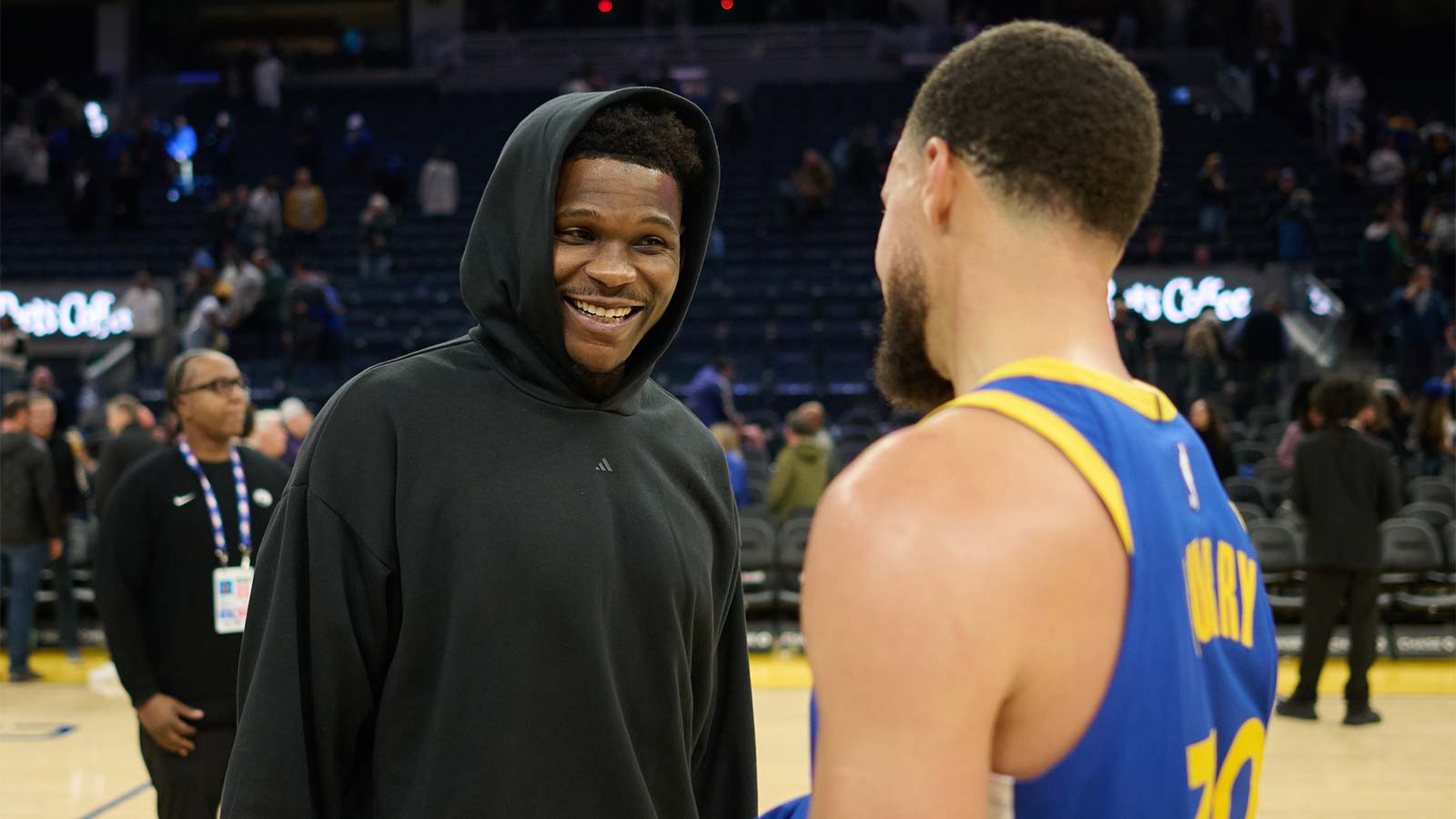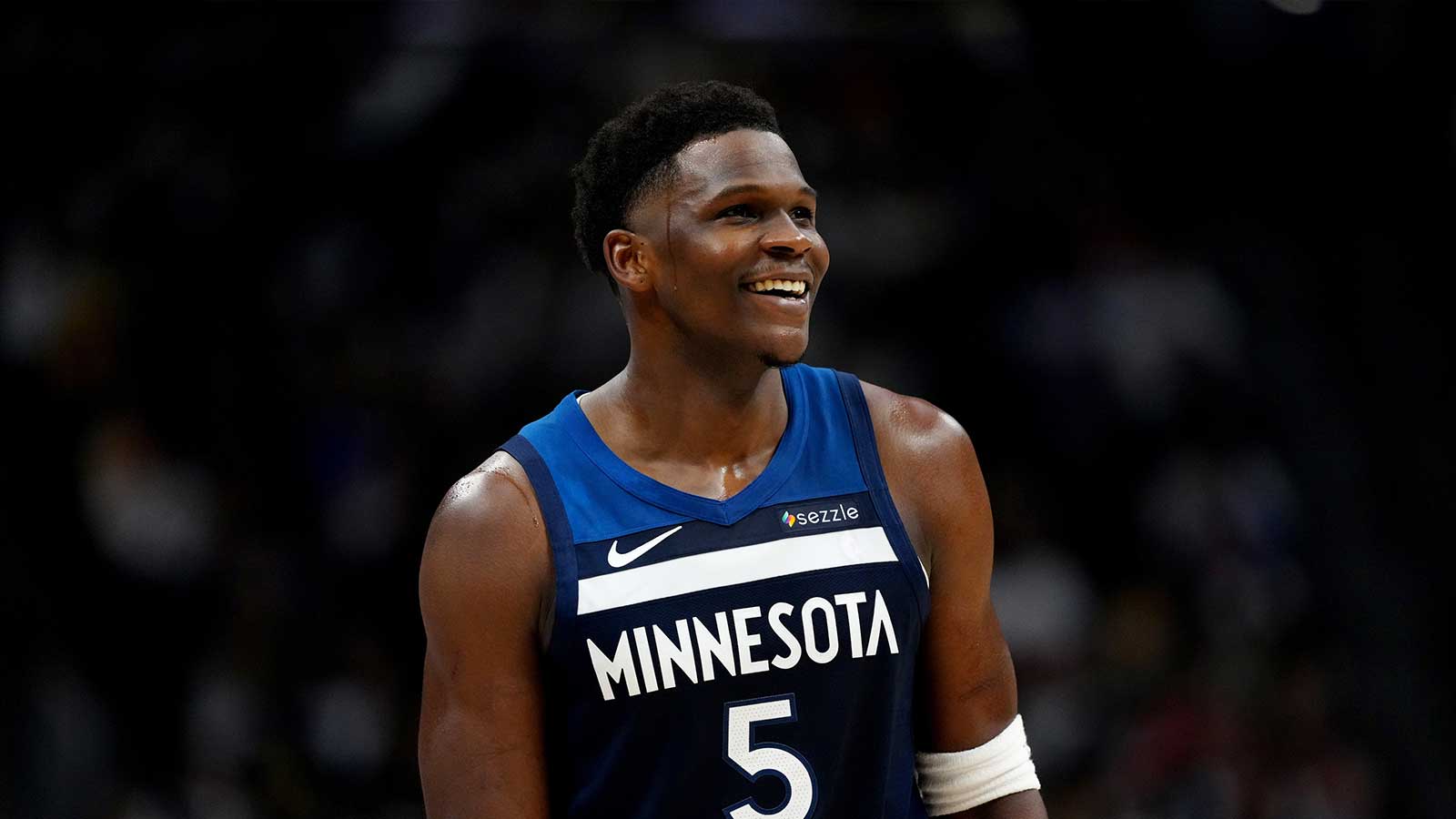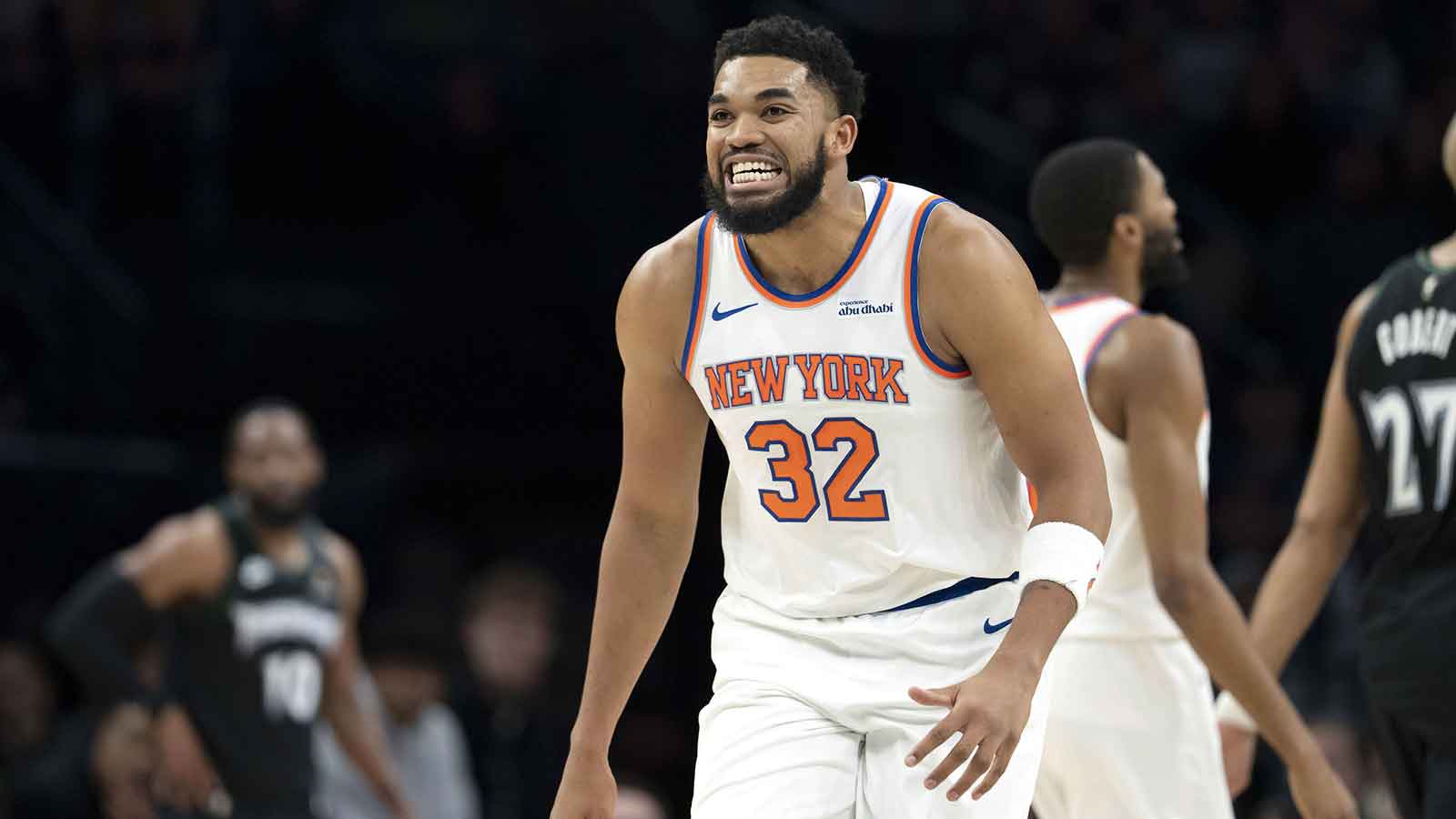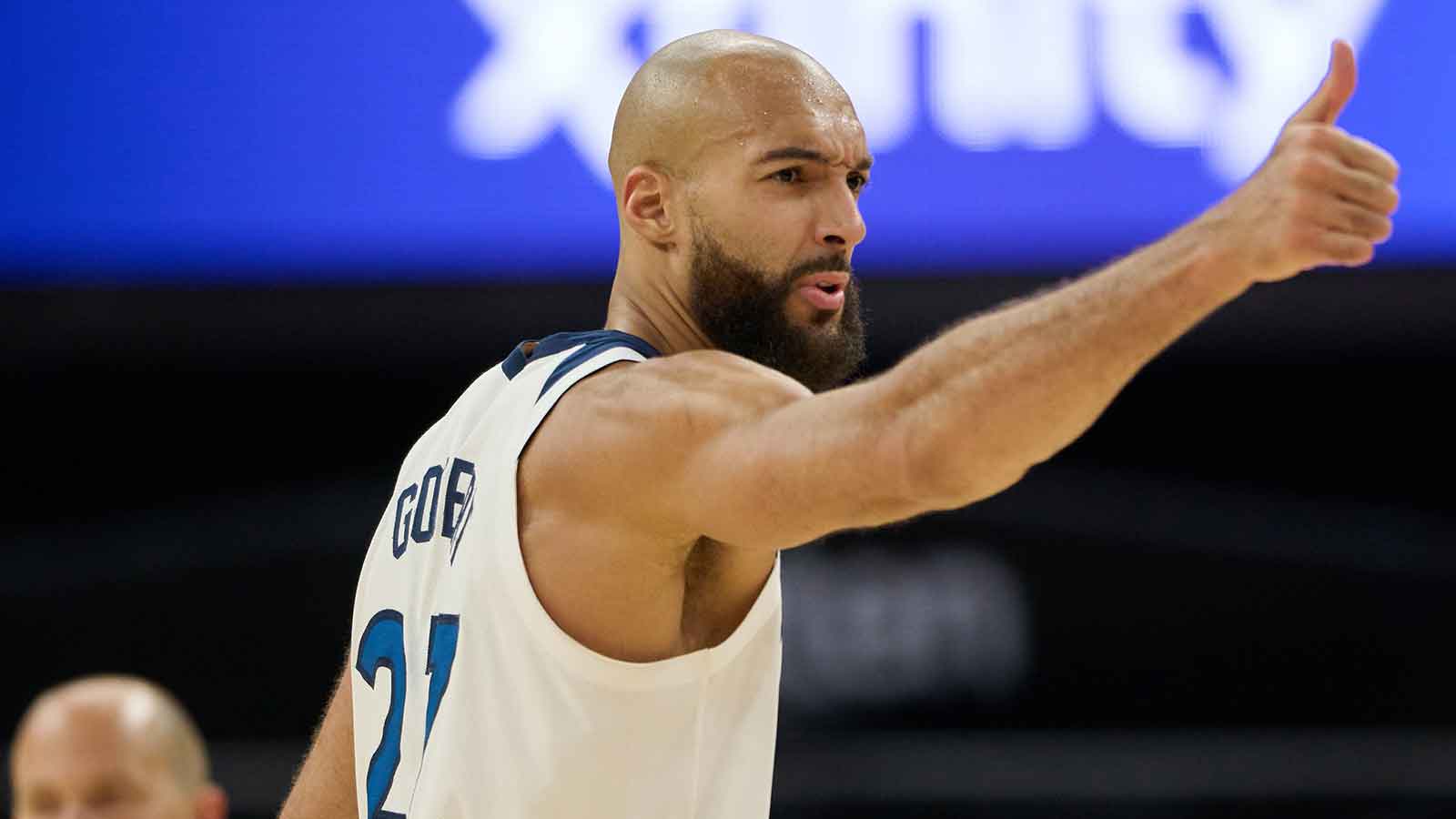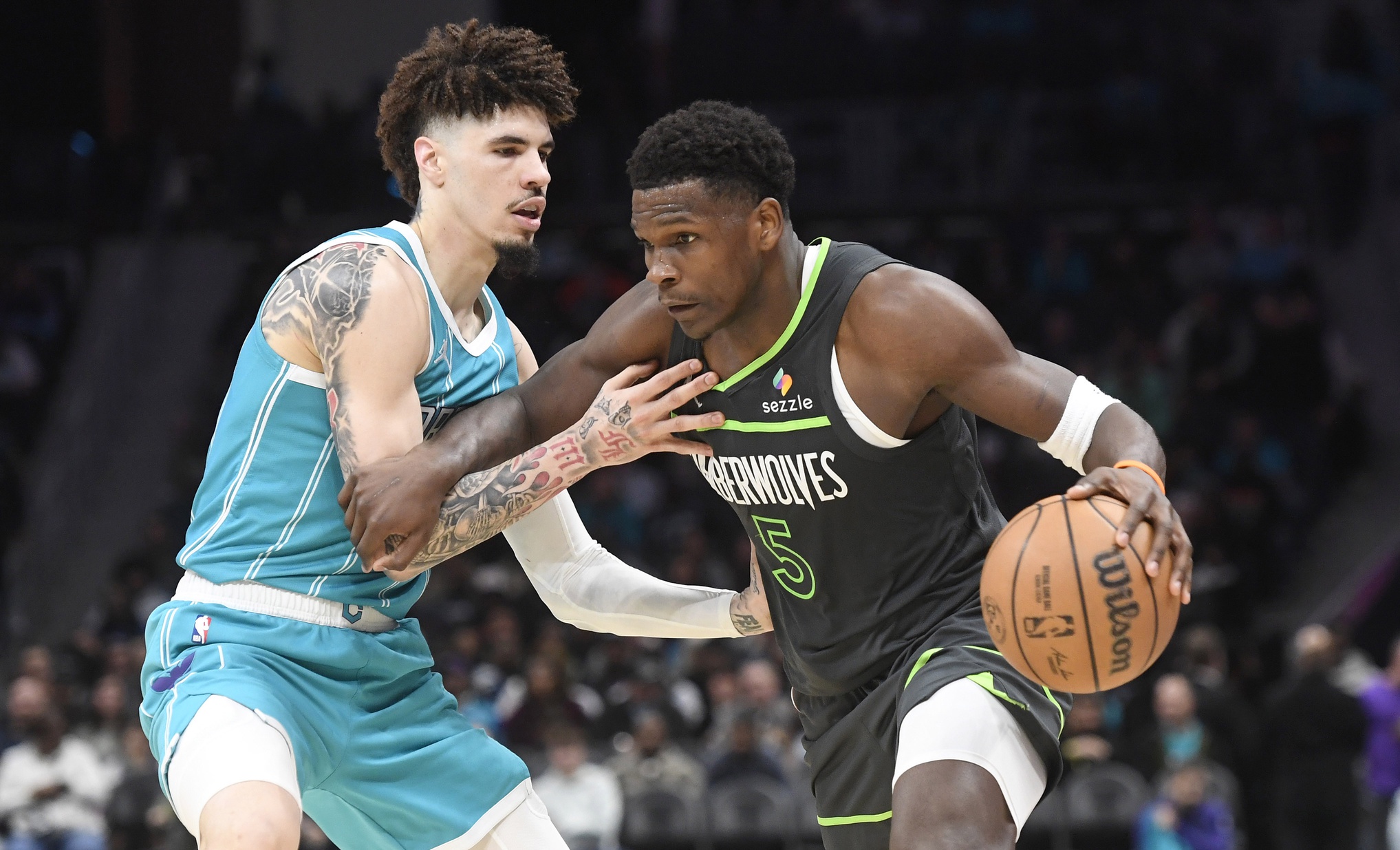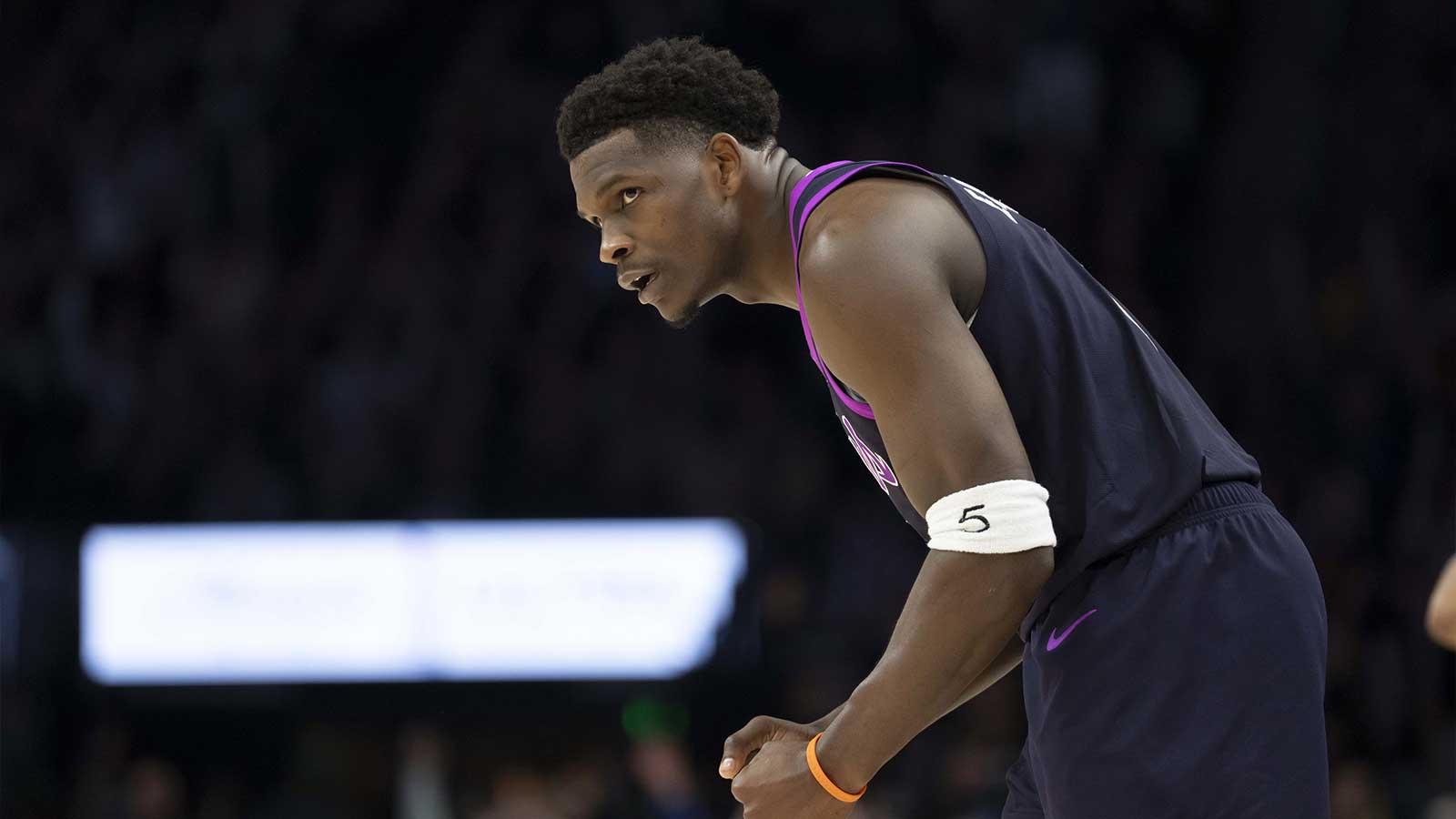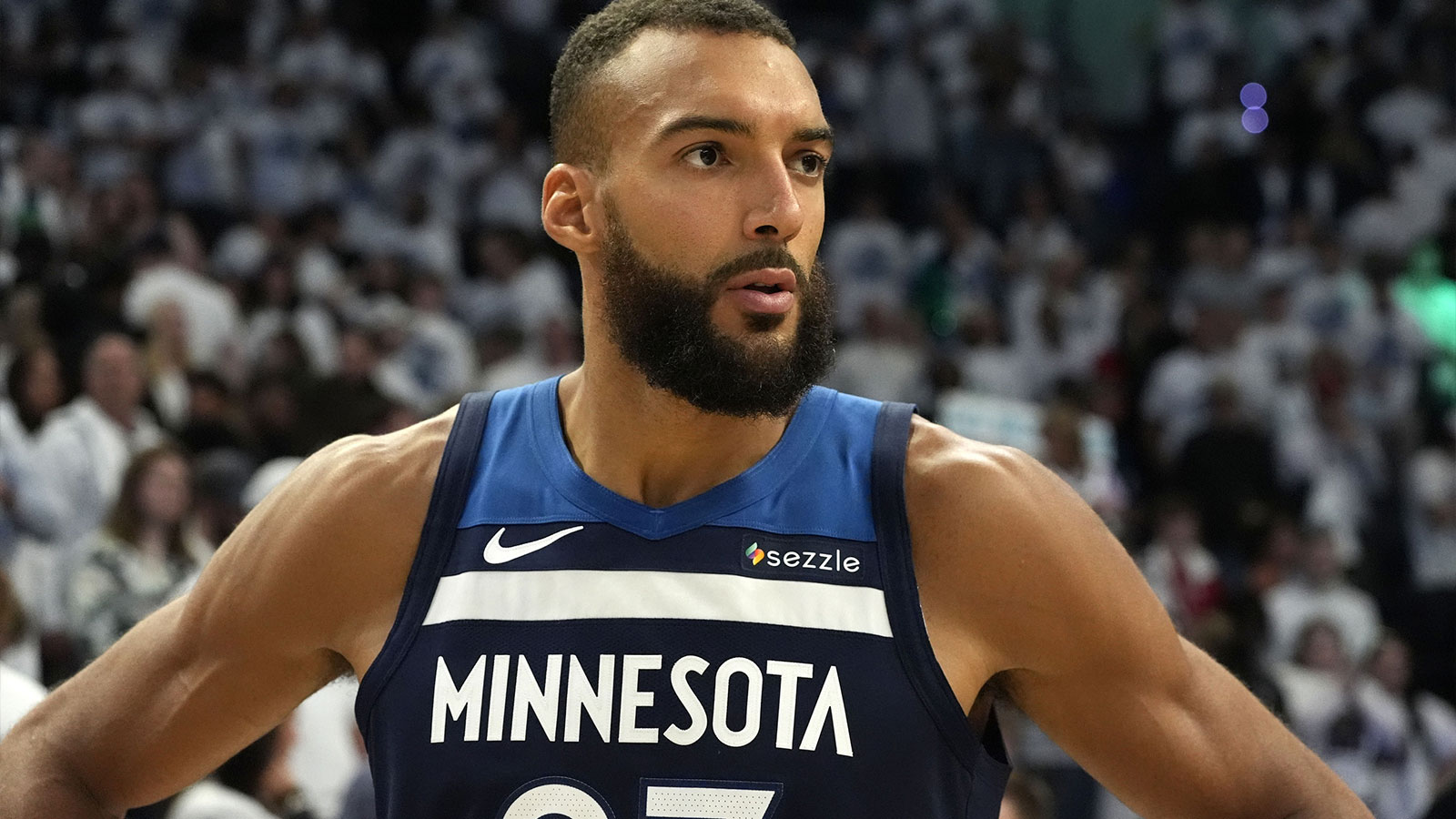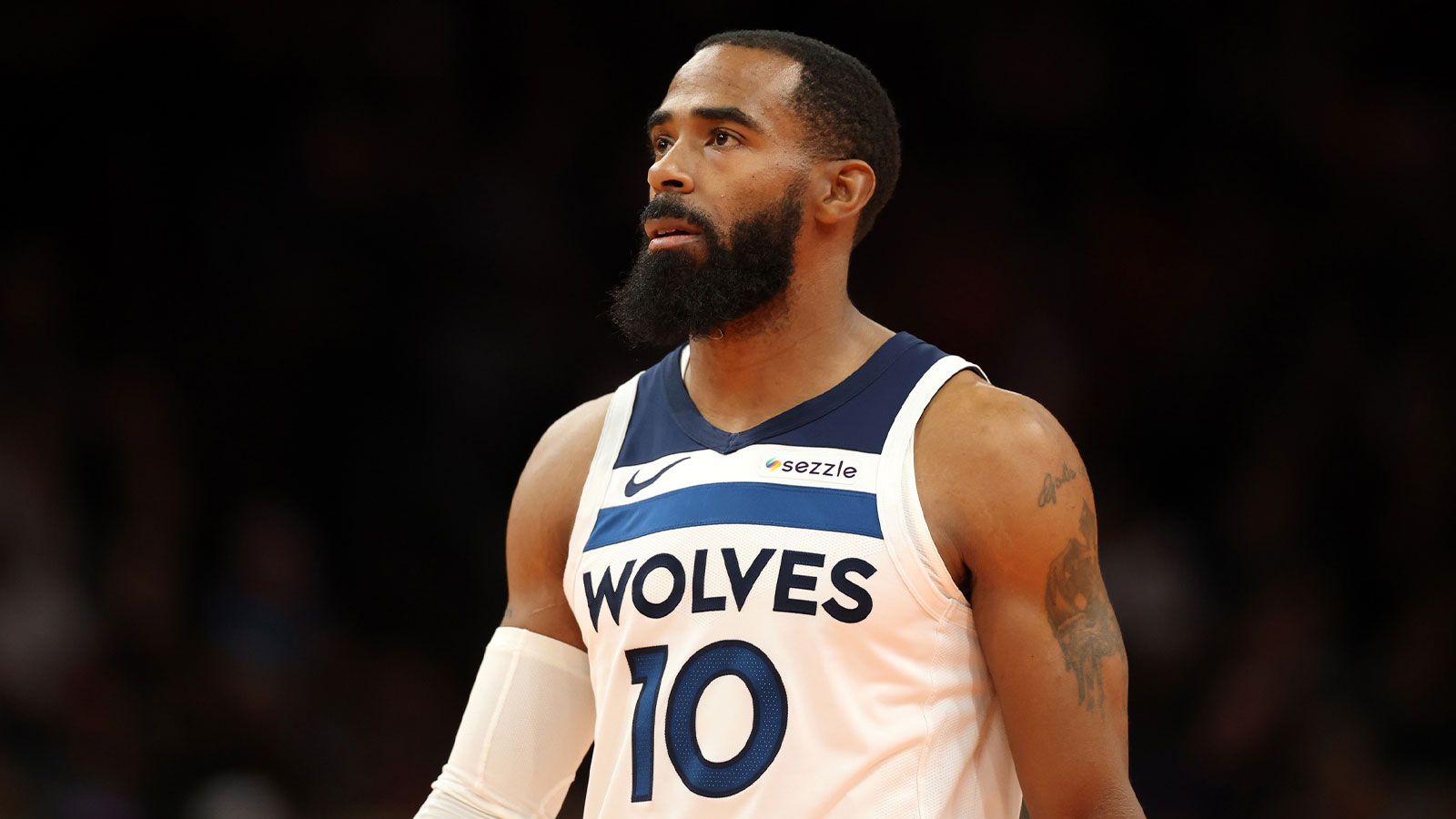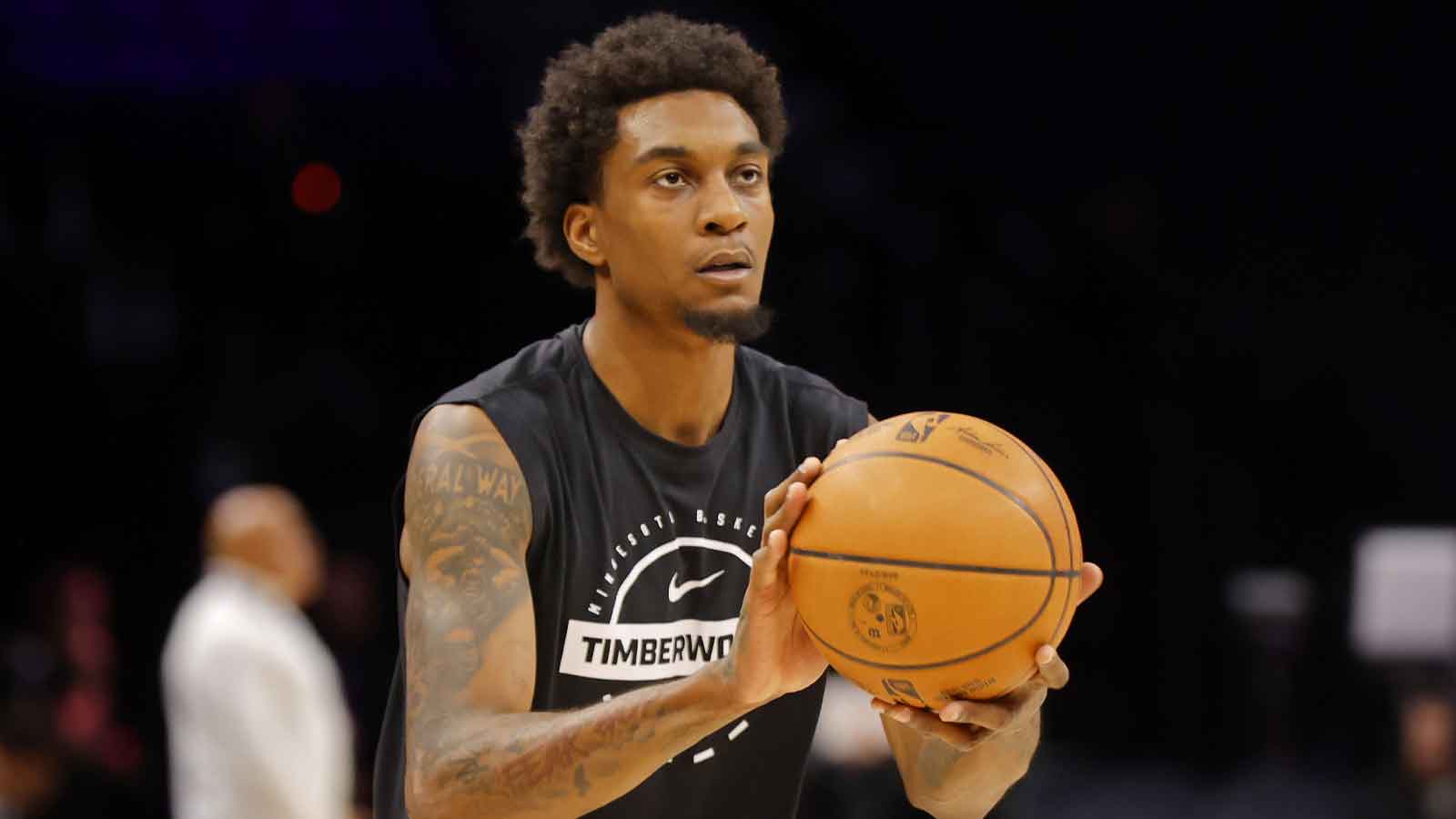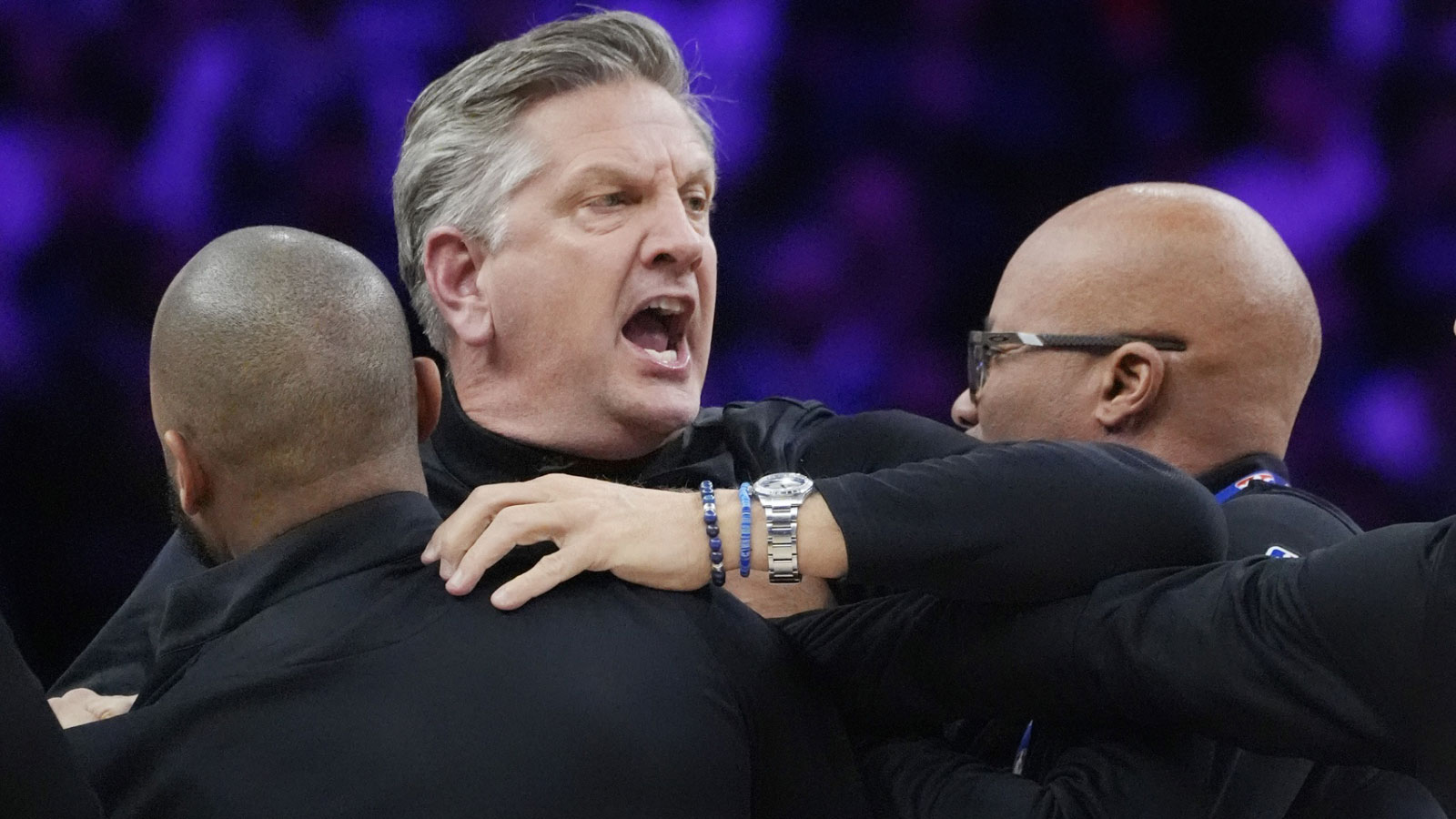To celebrate the new year, the Minnesota Timberwolves faced off with the New York Knicks in the Mecca of basketball. Coming off a dramatic win over the Los Angeles Lakers to end 2023, the Wolves were hoping to begin 2024 in the same fashion. The first half presented shaky results as the Timberwolves jumped off to an early lead, but failed to maintain it. At the end of the first quarter, Minnesota had a 32-23 lead powered by 15 first-quarter points from Anthony Edwards and nine points from Karl-Anthony Towns.
The second quarter was all New York, however. Knicks newcomer OG Anunoby threw down some impressive dunks en route to seven first-half points. Even with Jalen Brunson struggling from the field, the Knicks took a convincing 61-49 lead into the half. Julius Randle led all scorers with 21 first-half points on 6-of-10 shooting. The new Knicks starting lineup showed flashes of how the talent fits together, headlined by Anunoby's +20 plus-minus in his first half with New York.
A slow-starting third quarter for Minnesota was kept alive by Edwards who scored 15 third-quarter points. However, the Timberwolves' faced an uphill battle going into the fourth, but responded well. Opening the final frame on an 8-0 run, Minnesota dwindled New York's lead down to single digits. It was a back-and-forth battle, but Randle's 39 points proved to be too much as the Knicks beat the Timberwolves 112-106.
Timberwolves’ turnover problem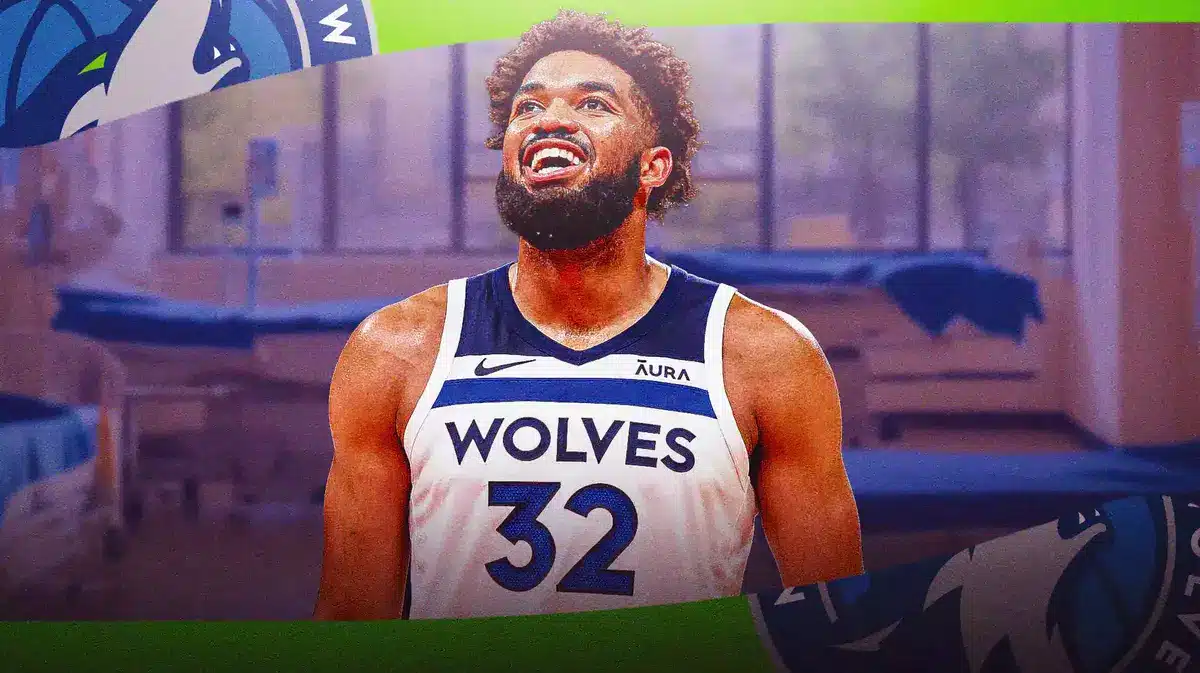
To say the Minnesota Timberwolves have struggled in taking care of the basketball would be an understatement. Coming into Monday's game, the Wolves were averaging 15.6 turnovers per game, third-most in the entire NBA. The only two teams averaging more turnovers are the Detroit Pistons (who infamously lost 28 straight games this season) and the Utah Jazz (who are starting a rookie point guard). The last three games have been even worse for the Wolves. In their past three games prior to Monday, they posted 62 turnovers. Averaging 20.7 turnovers in that span, Minnesota’s carelessness is a cause for concern.
The turnover trend carried over against a physical Knicks defense. Minnesota struggled to generate good offense in the first half, posting just five assists compared to eight team turnovers through two quarters. The Knicks closed down the paint and forced Minnesota into poor decisions. On the night, the Timberwolves finished with 13 turnovers.
With the Wolves vying for title contention, the carelessness with the ball is a massive problem.
Finding an offensive identity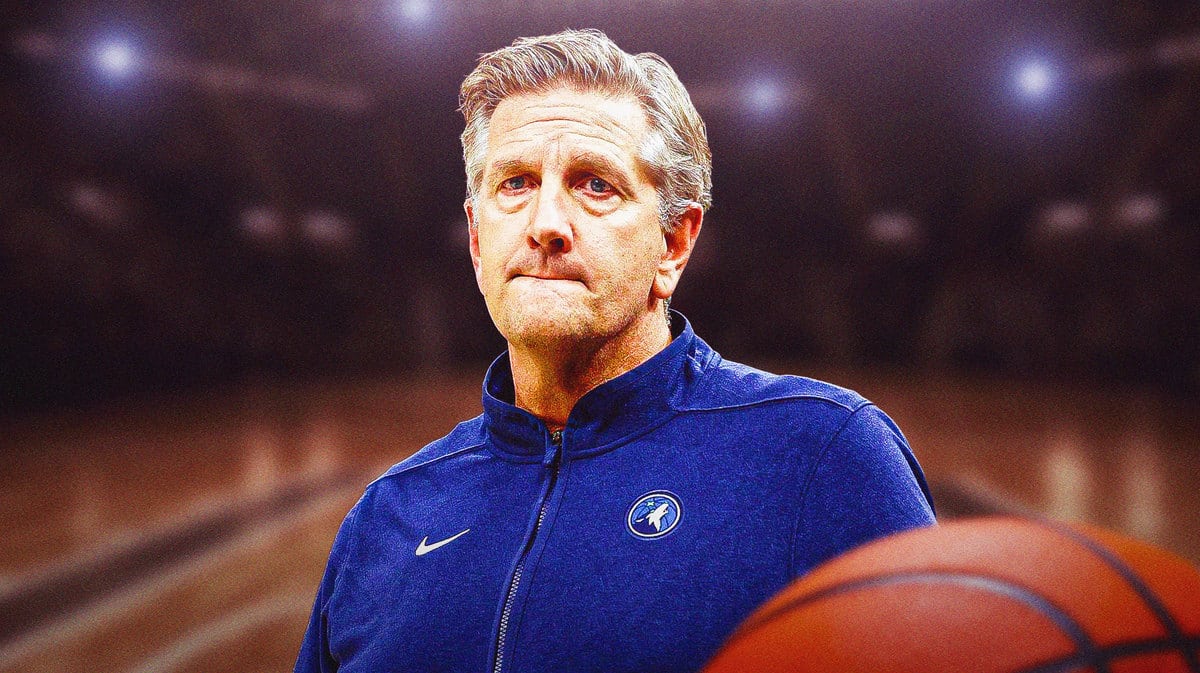
Behind the turnover concerns is a bigger offensive structural dilemma. The Timberwolves aren't sure who they are on the offensive end quite yet. Ranked 19th in offensive rating and 21st in points per game, the Wolves have room to grow offensively. The difficult question though is: how do they get better?
Anthony Edwards has taken another step forward. Karl-Anthony Towns is flirting with a 50-40-90 season. Naz Reid appears to be a real candidate for Sixth Man of the Year. Despite this, the Wolves offense is still subpar.
The truth behind Minnesota’s struggles lies in their lack of offensive identity. What do the Timberwolves want to accomplish on a possession-to-possession basis? That’s a question Chris Finch and the coaching staff are still trying to answer. Finch has previously talked about finding the right balance offensively for his team by stating: “We're not a one-dimensional offensive team. But, we don’t always pick the right route at the right time.”
Behind this, Minnesota's offensive approach of playing in a flow lends itself to players having to make quick decisions on the fly. Sometimes, the decisions being made aren't always the right one. The turnovers certainly point to this truth as questionable dribble drives often become bad turnovers in traffic.
As the Wolves look to take a jump offensively, it will be fascinating to watch how they go about doing so. With a massive collection of talent, the Wolves might be best suited leaning into more offensive set plays. Increased offensive structure tends to lean toward improved ball security. Minnesota’s horns set and wide pin screens are easily repeatable actions that generally lead to good scoring opportunities.
With Rudy Gobert as one of the league's top screeners, Minnesota can easily, and has at times, lean into simple high (or side) pick-and-roll. With either Mike Conley or Edwards handling the basketball, Gobert’s ability to open up space for his teammates as a screener is a cheat code. The Jazz under Quin Snyder often posted a top-tier offensive rating with Donovan Mitchell and Gobert as the headliners. Given the Timberwolves' offensive talent, there is no reason they can’t trend toward being a top ten offense once their identity is established.


